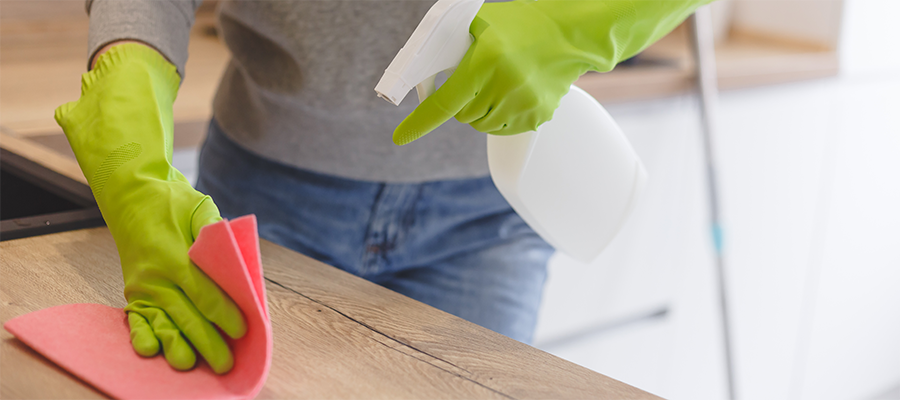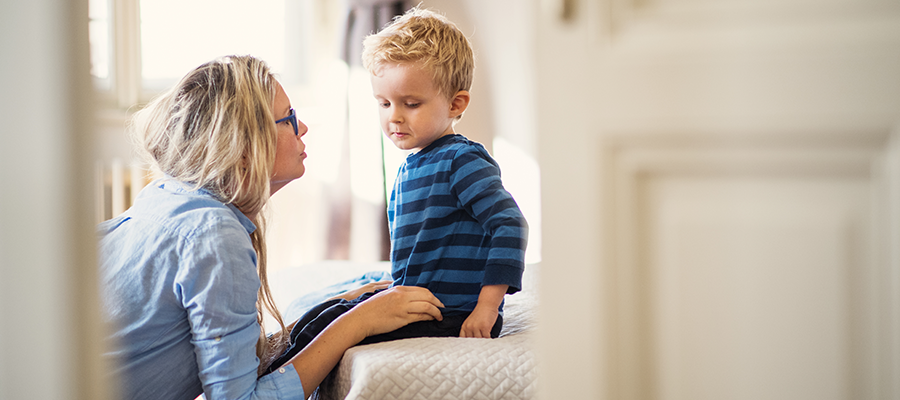
Child Care Resource & Referral (CCR&R) agencies and providers have contacted Child Care Aware® of America with questions about how to ensure their programs are properly cleaned and ready when child care programs reopen.
First, it’s important to understand the difference between cleaning, sanitizing and disinfecting. In short, cleaning means removing dirt or germs from a surface; sanitizing refers to reducing the number of pathogens or bacteria on that cleaned surface; disinfecting kills all bacteria on hard, non-porous surfaces. The distinction between the three can seem blurry, so we have gathered some of the most helpful links from partners in public health to ensure you are ready and prepared.
Cleaning and Sanitizing
If you are looking for information on cleaning and sanitizing, consider familiarizing yourself with two resources from the Centers for Disease Control and Prevention. One covers recommended cleaning and disinfection practices for community facilities, and the second provides guidance for child care programs that remain open.
Disinfecting Products
It can be confusing to read labels and try to understand if a product both helps with disinfecting and is safe to use in child care programs. You can use this link to view the U.S. Environmental Protection Agency’s list of disinfectants that can safely be used against SARS-CoV-2 (COVID-19).
More Resources
There are many other helpful resources specific to child care that we have gathered for consideration. The first, from the Tacoma-Pierce County Health Department, includes infographics as well as information in multiple languages. You can find their COVID-19 Information for Schools and Childcare here. The California Childcare Health Program has a Step by Step Cleaning for Child Care Programs document in both English and Spanish, as well as a helpful infographic including reminders for using disinfectants in schools and child care.
Local Guidance
Remember, this is also a great time to work with your local health departments or your local child care health consultant (if applicable) for specific guidance on your child care program. These public health professionals can answer your questions, and help you ensure that your program is both healthy and safe for you, your staff and the children and families you serve.
Child Care Aware of America's Resources
Visit our hubs for CCR&Rs or Systems-Level Leaders and Child Care Providers for more information and resources on COVID-19. For additional child care emergency preparedness information, tips, tools and resources, please visit www.childcareprepare.org.





